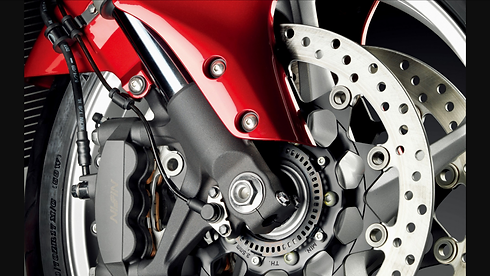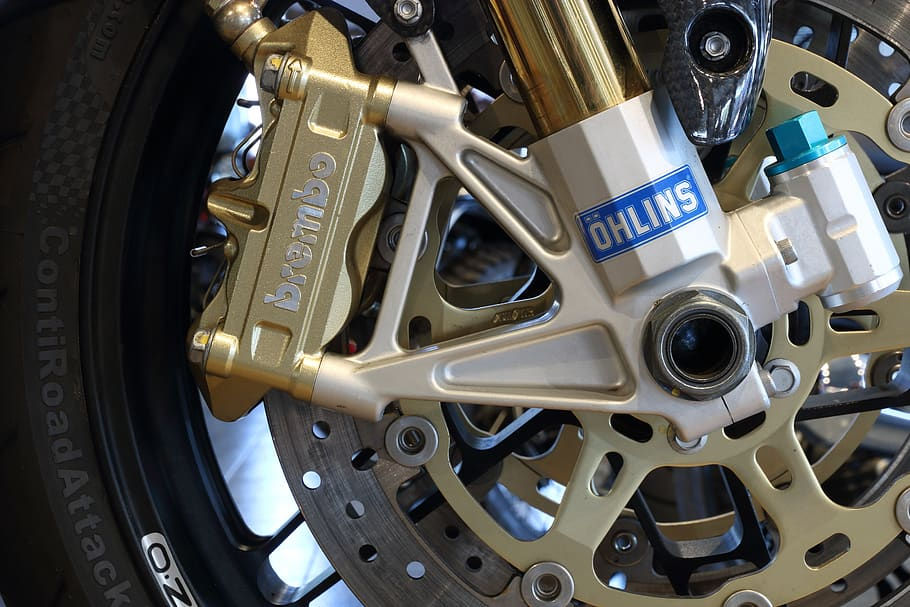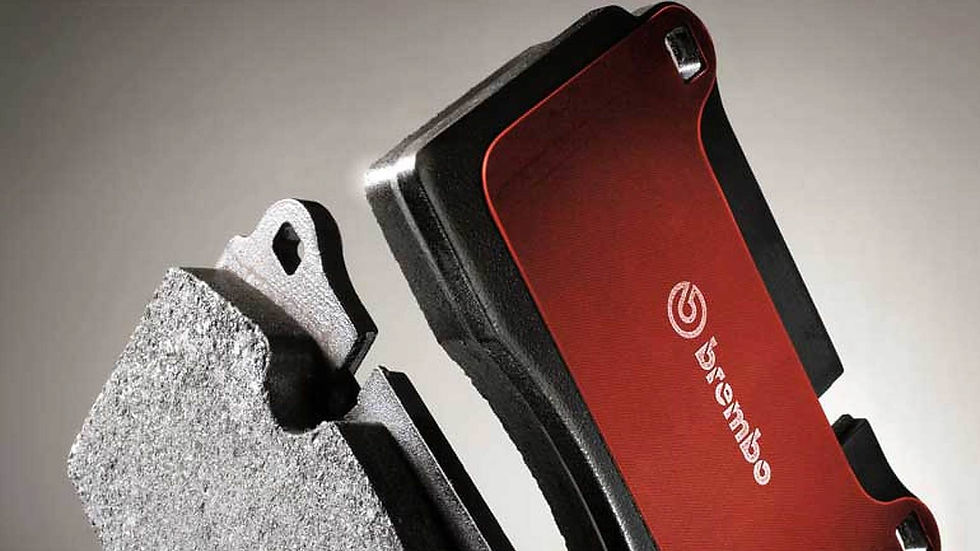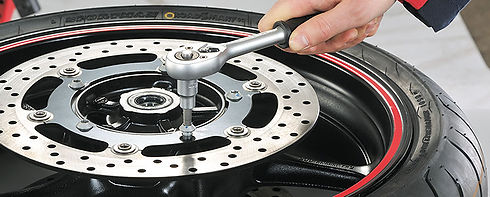BRAKING BAD
July 20, 2020
Learning how to use your brakes is an important factor when you’re riding a motorcycle. When you’re on a bike, always apply the front and rear brakes to come to a controlled stop. During a turn, only apply the brakes at the start if you’re going too fast. As long as you practice using the brakes and stay aware of the road conditions, you can ride your motorcycle safely


Most riders were either taught or learned that the majority of braking is from using the front brake. Some rear brake will help, but the majority of stopping power comes from the front brake. Up to 80 per cent of your motorcycle’s braking power is concentrated in the front end.
USE THAT RIGHT LEVER MORE THAN THE PEDAL IN YOUR FEET WHILE USING A MOTORCYCLE
So the first thing that you need to do is to learn to use the front brakes way more than the rear.
Front tyres have more grip with some weight transferred to them. So a sharp or aggressive application of the front brake can activate the braking force prior to the weight transferring to the front tyre.
So the first rule of effective braking is to apply gentle pressure to the lever initially to transfer weight to the front tyre, before applying any meaningful lever force. Once the weight has been transferred, then the force applied can be increased.

POINTS TO REMEMBER
Practice using the front brake to the point where the front tyre won’t give way, and complement it with the rear brake. Remember, you shouldn’t rely solely on the rear brakes, ever. It’s the front that drops the anchor, the rear only aids it.
Always stay aware of your surroundings and other traffic so you can brake when you need to.
If your bike has an anti-lock braking system (ABS brakes), then your stopping time and distance may be slightly shorter.
Your braking distance can also be affected by road conditions. Slippery roads, like those made from gravel or covered in rain, will increase the distance it takes to stop.
EASE OFF THE THROTTLE
The throttle is located on the right handlebar and twists toward you to accelerate. Slowly turn the throttle toward the front of the bike when you want to decelerate or come to a stop. When you disengage the throttle, your bike will start to slow down naturally since you aren’t giving the engine any gas
Most brakes commonly use friction between two surfaces pressed together to convert the kinetic energy of the moving object into heat, though other methods of energy conversion may be employed.

WHAT IS BRAKE MODULATION?
Brake modulation is the ability to precisely and accurately control the amount of clamping force on a disc with a given amount of pedal input. In other words, it means you can scrub off as much or as little speed as you want without tire lockup. Peak braking power comes just prior to lockup
. Brake lockup is exactly what you do not want. No modulation is basically no braking vs. tire lockup. Having low modulation will mean it’s hard to feather the brakes and you can only really lock up the pads.
Proper modulation gives you access to the whole range of braking power desired and allows you to apply it evenly at will, giving you precise control over feathering the brakes, stopping firmly, or locking the tire(s)
WHAT IS BRAKE FADE?
Brake fade is caused by overheating of the brake pad, therefore any vehicle which uses the action of a brake pad rubbing on a brake rotor to convert the vehicle’s kinetic energy into heat has the potential to develop brake fade, including motorcycles.
Brake fade is a term used to describe the temporary reduction or complete loss of braking power of a vehicle’s braking system. Brake fade occurs when the brake pad and the brake rotor no longer generate sufficient mutual friction to stop the vehicle at its preferred rate of deceleration.

There are principally 2 common types of formulation for a brake pad friction material, organics and sintered metallics
The dominant mechanism causing brake fade is this thermal degradation of the phenolic resins and other materials in the friction lining, which create a film of gas at the pad-rotor interface and effectively causes the brake pad to skid off the disc.
Master cylinder is one of the most critical parts in the braking system. Misalignment of the same can cause inappropriate braking pressure, which can initiate brake failure.

Brake fluid leakage sounds like a small problem; however, it can be a pain if you encounter it frequently. The only technique its difficulty can be solved is by proper tightening the bolts and using tapes around the leakage
When your bike has an inadequate amount of brake fluid, there's a chance that it can cause a total brake failure situation. Therefore, you should always make sure that the fluid container is full. If the tank gets empty, it will suck air in the system, and you will start encountering problems.
THERE ISN’T A ‘PROCEDURE’ TO BRAKE PROPERLY,
as it’s a derivative of your motorcycle’s setup, the power of its brakes, the electronics on offer as well as the rider’s own skill – there are some tips that would help you brake more effectively. To start off, use the front brakes, and modulate if you think you’ll lose traction.



